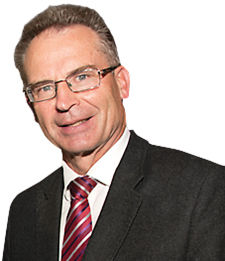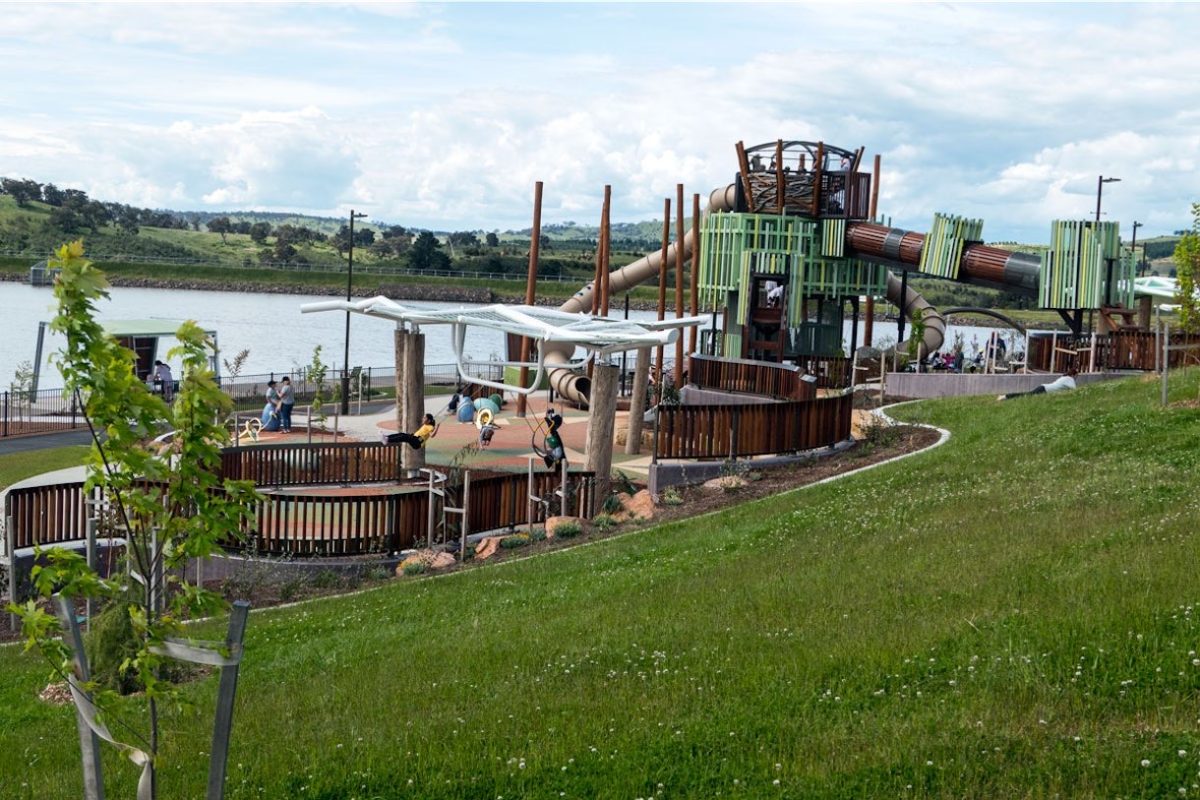“If the Liberal Party doesn’t find some way to form an alliance with a credible territory-wide minor party or high-profile and electable independents then it’s highly likely the Labor/Greens coalition will govern for many years to come,” writes columnist JON STANHOPE.
FIRSTLY, congratulations to the Labor and Greens Parties for their win in the election. It was a significant achievement; the sixth straight win for Labor and the second victory in a row for the now formalised Labor/ Greens coalition.

The emergence of the coalition and the appointment of Greens members to the cabinet is an interesting and strategically savvy adaptation by Labor and the Greens to the rigours of the Hare-Clark system.
It represents a major challenge to the Liberal Party and indeed all minor parties and independents vying for election to the Legislative Assembly.
Reflecting on the outcome of the last two elections I think it highly likely that if the Liberal Party doesn’t find some way to form a similar alliance with a credible territory-wide minor party or high-profile and electable independents then it is highly likely that the Labor/Greens coalition will govern for many years to come.
As lovely as that may be for the Labor Party and the Greens I am not sure it is good for either the quality of governance or our democracy.
It is probably time, I think, that we had a look at the governance arrangements foisted on us 30 years ago. In four years time we will have had 12 consecutive years of majority government with a unicameral parliament (no upper house or house of review) and a single tier of government, i.e. no pesky mayor or local government to contend with.
This is a dream scenario in which to govern – for those governing – but probably not conducive to open, transparent and accountable government.
Excuse my cynicism, but it has lately been refreshed by my experience with two FOI requests I made more than four months ago for information on two subjects each of which was a major focus in the election campaign, namely the redevelopment of the Canberra Hospital and West Basin.
The requests were simple and straightforward, but after four months of requests by the ACT government to change the scope of the requests and for extensions of time for this and that and a decision to take legal action to challenge the decision of the ombudsman to overturn the decisions to refuse access to the information, none of the information I had sought has been provided.
I know, of course, what the information I sought in relation to the Canberra Hospital will show. It will reveal that the timetable agreed, in 2010, for the refurbishment and/ or replacement of the entire Canberra Hospital precinct was abandoned by the then Labor/Greens government in about 2014/15. The funding dedicated to the hospital project and to public health was almost certainly then transferred to the light rail project.
I am not suggesting that the decision to abandon a previously announced decision to invest in public health and to transfer the funding to public transport was not a decision that Labor and the Greens did not have the power to take.
However, I believe that they should explain the basis of the decision to prioritise public transport over public health and that attempts by the public to access information relevant to that decision in the lead up to an election should not have been resisted at every stage.
In addition to taking a look at the structure of the Assembly and the form of governance in the ACT, both the FOI Act and the Ombudsman Act are clearly in need of review. I am beginning to fear that the ombudsman is about as useful as pockets in a shroud.
I was interested in a conversation with Fiona Carrick, a very good independent candidate for Murrumbidgee, who would have been an excellent member of the Assembly if elected, that one of her great frustrations as head of the Woden Valley Community Council and more recently as a candidate for Murrumbidgee was the refusal of Labor and the Greens to take the people of Canberra into their confidence on the question of the “opportunity cost” of light rail.
In other words, in deciding to proceed with the multi-billion dollar light rail project, what were the range of projects and initiatives that it was decided would need to go on the shelf, so that light rail could progress.
Is, for example, the fact that up to 4000 Canberra children from families without private health insurance, many of them undoubtedly Aboriginal, wait up to four years for an appointment with a specialist in any way a consequence of the reduction in health funding of more than $100 million a year, in real terms, for the last six or more years directly attributable to the decision to fund the tram? The answer is clearly, yes.
Is the fact, as reported during the election campaign by the St Vincent de Paul Society, that there are in Canberra today 208 fewer units of public housing in Canberra than there were in 2010, despite the population having increased over that period by 65,000 people, directly attributable to the decision to fund the tram? The answer is clearly, yes.
Is the fact that the government has deliberately reduced the supply of land for detached housing in order to obtain super profits from land sales thereby excluding thousands of Canberrans from home ownership, attributable to the need to fund the tram? The answer is probably, yes.
I could go on and on.
A question I have asked myself is: Have we, in our overwhelming endorsement of the Labor/Greens government, declared that we are fine with this and that it reflects our values and priorities?
Who can be trusted?
In a world of spin and confusion, there’s never been a more important time to support independent journalism in Canberra.
If you trust our work online and want to enforce the power of independent voices, I invite you to make a small contribution.
Every dollar of support is invested back into our journalism to help keep citynews.com.au strong and free.
Thank you,
Ian Meikle, editor



![Teacher Vanessa Jones has been living in Higgins since 2001, and while she loves the area, she says she is “fed up” with the neglectful ACT government.
The Higgins shops have been completely abandoned, says Vanessa, preventing the opportunity for residents to have a community-centred space to socialise.
They only received bins nine months ago, she says, and requests for a water station and repairs to the bus station have gone unanswered.
“It’s very, very slow,” says Vanessa.
“I asked for the zebra crossing on Fullagar [Crescent] to be repainted, and we had to wait about six or nine months.
“That’s just such a long time… we pay a lot of rates.”
Vanessa says assistance from the government only seems to go to communities with time-rich and assertive communities, leaving places such as Higgins, where the majority of households have both adults working full-time and English may not be the first language of the family, at an automatic disadvantage.
“If you’ve got two people working, paying a mortgage, raising two or three kids, they don’t have the time,” says Vanessa.
Vanessa says the lack of attention quieter places such as Higgins is receiving is starting to look a lot like favouritism.
Read the full article on our website citynews.com.au
#canberra #canberranews](https://citynews.com.au/wp-content/plugins/instagram-feed/img/placeholder.png)
Leave a Reply